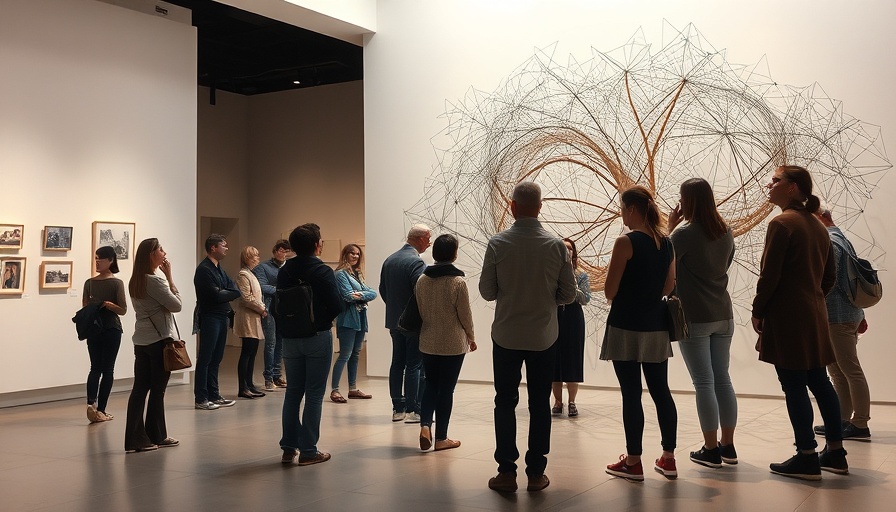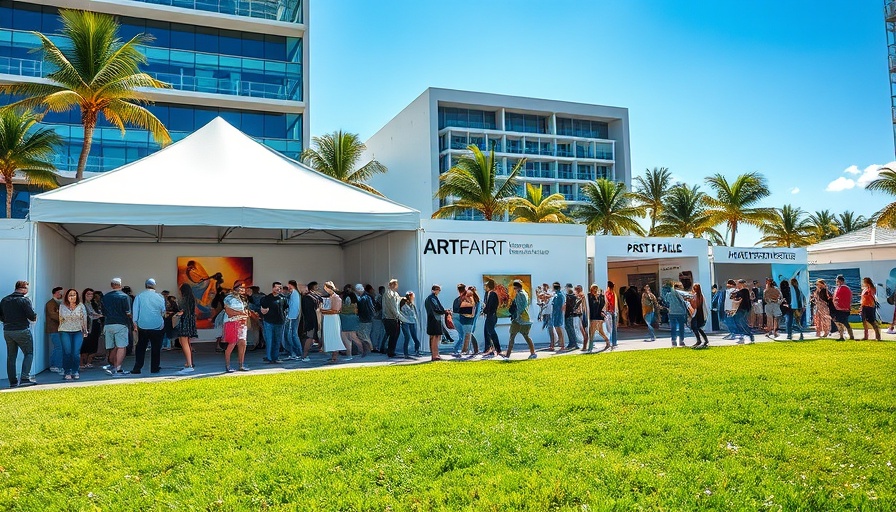
Máret Ánne Sara: A Voice for Sámi Culture in London's Turbine Hall
This fall, the prestigious Tate Modern is set to welcome the striking work of Sámi artist Máret Ánne Sara, marking a pivotal moment for Indigenous representation in global art. With her exhibition scheduled to open on October 14, 2025, Sara’s commission via the Hyundai Commission promises to ignite discussions about culture, colonialism, and the environment in one of the world's most renowned contemporary art spaces.
Art as Activism: Transforming Turbine Hall
Máret Ánne Sara, born into a reindeer-herding family in Norway, has long been a vocal advocate for Sámi rights and cultural preservation. Known for her provocative installations, such as the 400 bullet-pierced reindeer skulls displayed outside Norway's Parliament, Sara's work challenges the legacies of Nordic colonialism and serves as a poignant reminder of the struggles faced by Indigenous communities. Her upcoming Turbine Hall installation is not just an artistic venture; it represents a broader movement towards recognizing and valuing Indigenous perspectives in art.
Why This Matters: The Role of Indigenous Art Today
Sara's work comes at a time when the global art community is slowly awakening to the necessity of inclusive narratives. The director of Tate Modern, Karin Hindsbo, acknowledges that Sara's inclusion reflects a commitment to amplifying voices historically marginalized in the art world. By supporting projects like this, institutions can play a crucial role in reshaping how art history is told, fostering a greater appreciation for Indigenous art as not merely aesthetic but deeply political and social.
A Vision for the Future: What Can We Expect?
As we look forward to Sara's exhibition, several predictions emerge. It is anticipated that her work will not only challenge conventional artistic practices but also invite audiences to engage in crucial dialogues about our relationship with nature and each other. This type of engagement is particularly pertinent in urban environments like London, where the disconnect from nature is often profound. Sara’s focus on the holistic interdependence of humans, animals, and nature will resonate with many, urging viewers to reconsider their environmental impact and cultural responsibilities.
Practical Insights: Visiting Tate Modern
For those interested in experiencing this transformative art piece, the exhibition will run until April 6, 2026, with free admission. Visitors will have the opportunity not just to appreciate the art but to engage with ongoing discussions around Indigenous rights, environmental justice, and cultural preservation that are central to Sara's work.
An Invitation to Reflect
Sara’s hybrid approach to art—merging activism with deeply personal narratives—compels all of us to think critically about whose stories we tell and how they shape our world. As she prepares to unveil her work in the Turbine Hall, reflecting on the historical context of Sámi culture and its relevance to contemporary issues will be essential for audiences. Are we ready to embrace a different worldview?
Don’t miss this unique opportunity to engage with art that challenges how we see our communities and the world at large. Consider making plans to visit Tate Modern and experience Sahra’s groundbreaking exhibition yourself.
 Add Row
Add Row  Add
Add 




Write A Comment